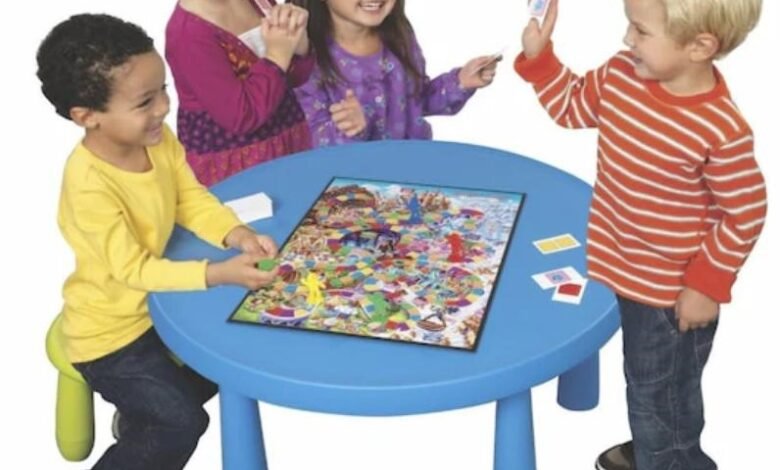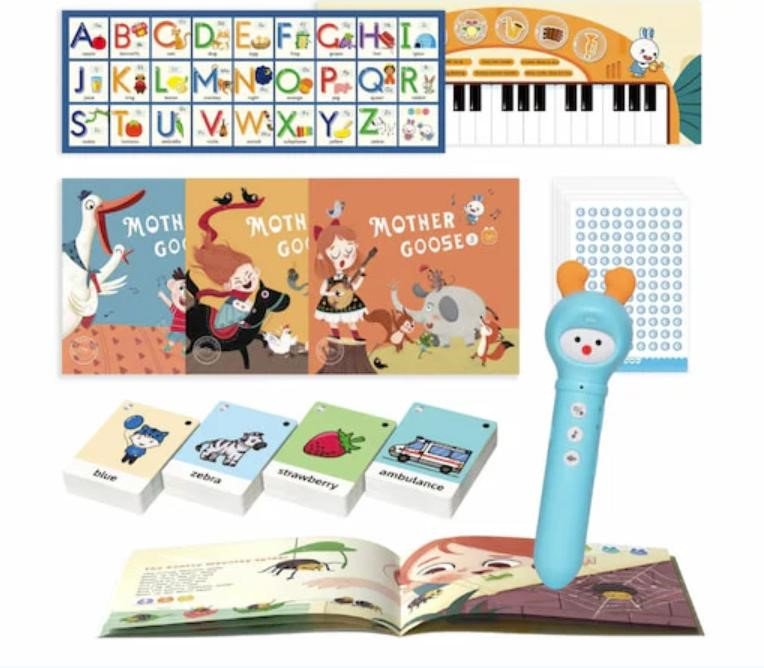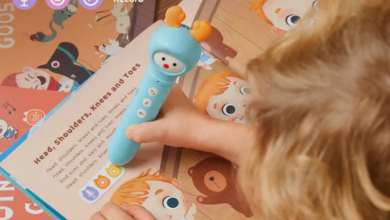Budget-Friendly Toys for Preschoolers: Affordable and High-Quality Picks

When talking about what toy would a preschooler play with, there are always different popular options. Among them, affordable toys don’t have to compromise on quality or educational value. For ages 2–5, cost-effective options can spark creativity, build skills, and keep young minds engaged without overspending. Below is a guide to selecting safe, durable, and budget-friendly toys that maximize fun and learning potential.
Suggestions to Pick Budget-Friendly Toys
Age-Appropriate Budget Options
For ages 2–3, focus on sensory exploration and basic skill development. Opt for soft play sets like foam blocks, plush animals, or colorful tunnels (30–50), ensuring materials are certified safe and free from small detachable parts. Stacking cups, made of plastic or wood (10–15), enhance fine motor skills and hand-eye coordination. Bubbles (5–10) provide endless outdoor fun, promoting gross motor movement and social interaction. Playdough, whether homemade (2 cups flour + 1 cup water + 1/4 cup salt) or store-bought (5–10), offers tactile sensory play and creativity. These activities are both engaging and developmentally beneficial for toddlers.
For ages 4–5, focus on fostering creativity and problem-solving skills. Classic building blocks (30–50 large plastic or wooden pieces) encourage STEM learning, storytelling, and spatial reasoning. Geometric puzzle boards (15–25 wooden or foam shapes) introduce geometry, symmetry, and pattern recognition. DIY craft supplies like washable crayons, markers, and glue sticks (10–20), combined with recycled materials (cardboard, fabric scraps), inspire open-ended creativity. Memory card games (10–15 matching cards) enhance memory, logic, and turn-taking abilities, making learning fun and interactive.
See also: Emotional Stability and How It Improves Your Life
Safety & Durability First
Prioritize non-toxic materials like BPA-free plastics, untreated wood, or organic cotton fabrics to avoid harmful chemicals such as phthalates or lead-based paints, which pose health risks. Ensure toys meet a minimum 4 cm (1.6 inches) diameter—a critical international safety standard to prevent choking, especially for small balls or loose parts. It is also important to choose rounded edges and smooth surfaces to reduce cuts or scrapes, and verify certifications for compliance. Regularly inspect plush toys for secure stitching (use a safety pin test) and ride-on toys for sturdy frames, functional brakes, and no loose wheels—recheck monthly for wear and tear to ensure long-term durability.
Maximizing Educational Value
Enhance math skills with counting beads or measuring tools in pretend kitchens, introducing numbers and spatial concepts. Foster language development with cloth books featuring vivid illustrations, building vocabulary through tactile exploration. Spark curiosity with simple science experiments, like a DIY volcano kit (baking soda + vinegar), to demonstrate chemical reactions. Promote emotional growth through puppets, encouraging role-playing, empathy, and emotional expression in a fun, interactive way.

Proper Maintenance Also Needed
To maximize toy longevity, clean plastic toys monthly with mild soap and water to prevent mold, while machine-washing plush items weekly using gentle detergents to avoid residue buildup. Promptly repair loose parts with child-safe glue or reinforce torn seams with durable thread to save 20–30 annually. Organize toys in labeled, age-appropriate bins with soft padding to cushion impacts and minimize wear, ensuring clutter-free storage. Implement a rotation system by keeping 20–30 toys active at a time, swapping them every 2–3 weeks to sustain engagement—pairing classics with new activities like imaginative play scenarios or DIY modifications—thus revitalizing interest and reducing waste through creative reuse.
Conclusion
In conclusion, budget-friendly toys can deliver exceptional early childhood development when chosen wisely. By focusing on safety, durability, educational potential and proper maintenance—alongside thrifting and DIY—parents can create a vibrant, enriching play environment. Remember: the best toys are those that ignite curiosity, creativity, and joy, regardless of their price tag.





